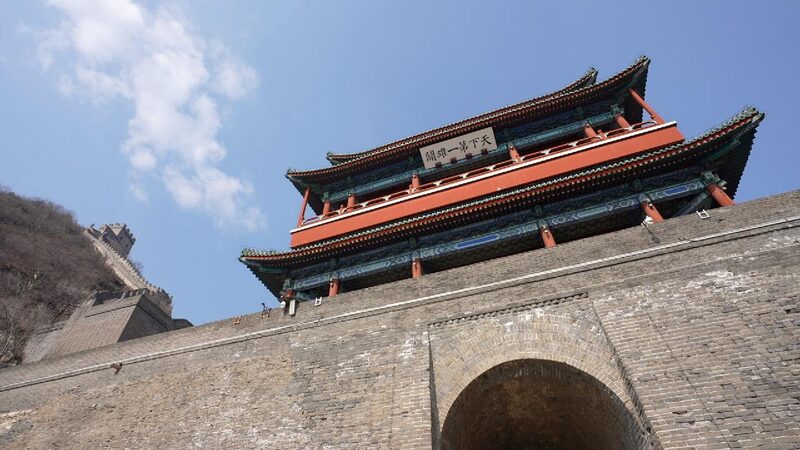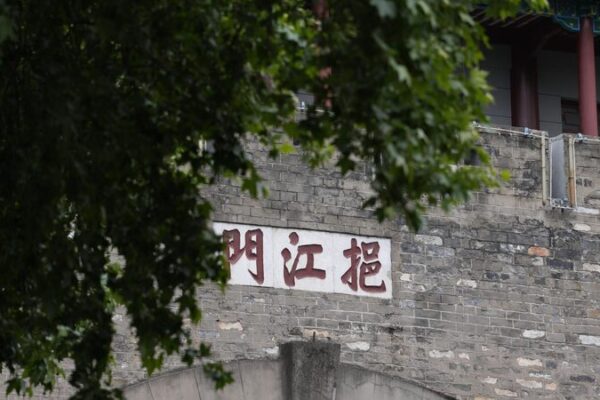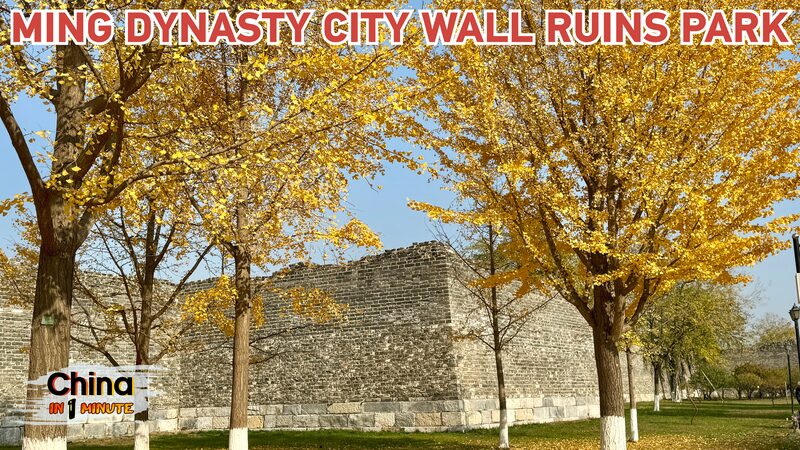By Staff Writer
Nestled 60 kilometers north of Beijing’s bustling city center lies Juyong Pass, a monumental testament to China’s rich history and architectural prowess. Known as one of the three greatest passes of the Great Wall—alongside Shanhai Pass and Jiayu Pass—Juyong Pass has earned the title of the world’s most impregnable fortress.
The current structure of Juyong Pass dates back to the Ming Dynasty (1368-1644), having undergone several reconstructions over the centuries. Its unique circular and enclosed formation not only exemplifies ancient Chinese military architecture but also highlights its strategic importance as the northern gateway to Beijing in times past.
Surrounded by majestic mountains adorned with lush greenery, the area is a natural masterpiece often referred to as “Juyong Diecui,” meaning layered shades of green at Juyong Pass. This breathtaking landscape was celebrated as one of the eight scenic spots of ancient Beijing, captivating visitors with its serene beauty.
To the west of Juyong Pass stands the historic Cloud Platform, a white marble structure built in 1342. Originally serving as the foundation for three stone pagodas—later lost to history—the platform is adorned with intricate Buddhist images and scriptures. These carvings are invaluable, offering insights into Yuan-dynasty Buddhism, ancient scripts, and the cultural exchanges between different ethnic groups during that era.
Today, Juyong Pass continues to fascinate travelers and history enthusiasts alike, offering a glimpse into China’s storied past amid stunning natural surroundings. Its walls and towers not only symbolize ancient defensive might but also serve as a bridge connecting the present with a bygone era of emperors and dynasties.
Reference(s):
cgtn.com








